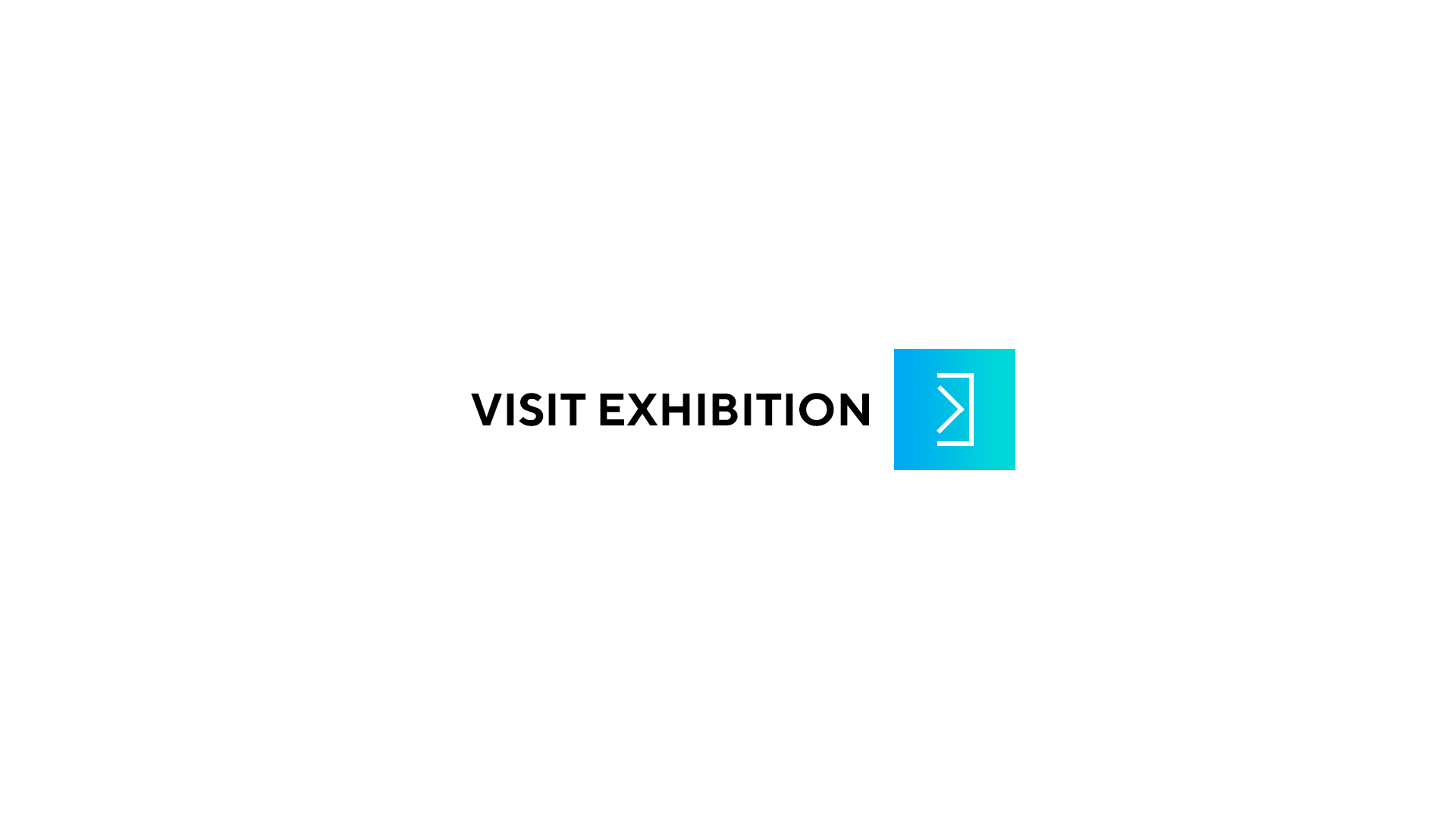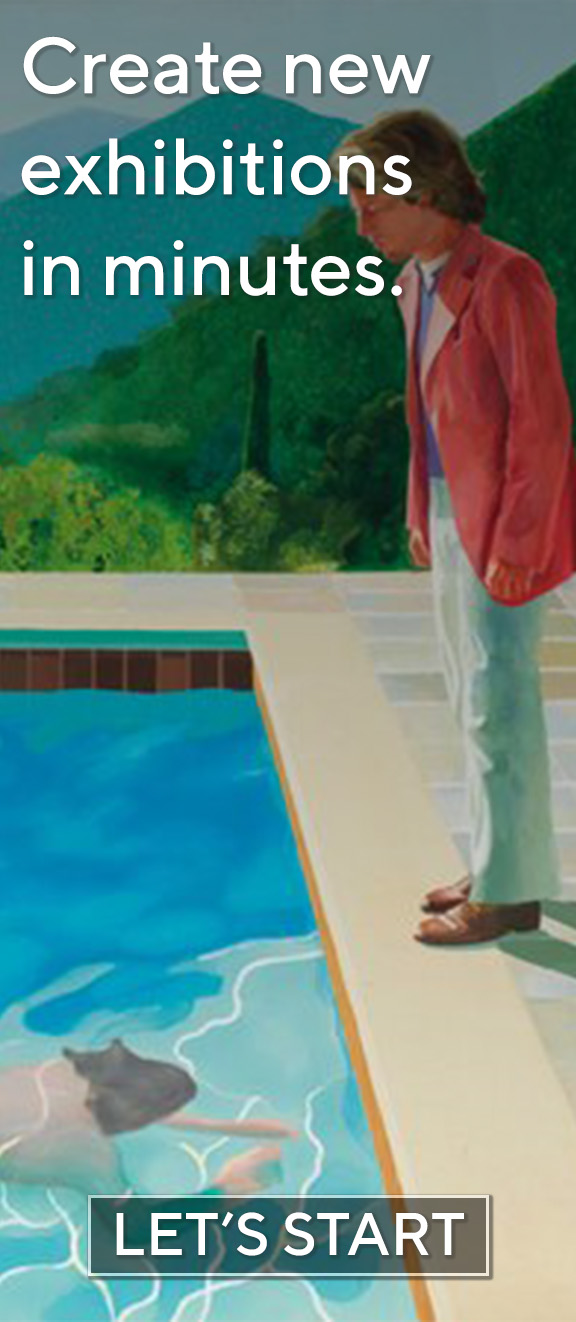

While the young Hungarian artist Keresztes focuses on grasping the duality of co-dependence through biomorphic creatures absorbing, or growing out of each other; the late Polish master Abakanowicz tries to identify conections between human and nature ... more >> A duo exhibition featuring artists Zsófia Keresztes and Magdalena Abakanowicz, the show focuses on how artworks delve in the sea of emotions through artistic mediums and antropomorph shapes.
While the young Hungarian artist Keresztes focuses on grasping the duality of co-dependence through biomorphic creatures absorbing, or growing out of each other; the late Polish master Abakanowicz tries to identify conections between human and nature through the usage of natural materials.
Within the space the two artistic worlds set out to initiate a conversation. They aim to untangle the complex web of emotions that eventually compile into entwined fibres of the intangible human nature.
Zsófia Keresztes
– born in 1985.
She graduated in 2010 from the painting department of the Hungarian University of Fine Arts. During her university years, she experimented with transfering plane image into 3D space and created textile architectures. In her art, the complex and plastic system of fusing iconographic shapes is coupled with the formal language and references of the “millennial” generation. Her works can be interpreted as embodied mosaics that uniquely combine sensuality and virtuality, analogue and digital, real and surreal: creating an archaic yet contemporary visual language that revolves around issues of the subject’s identity. As an outstanding talent of her generation, she has participated in many international solo and group exhibitions and biennials in recent years, and will represent Hungary at the 59th Venice Biennale in 2022 with her exhibition entitled After Dreams: I Dare to Defy the Damages. Most recently, the Ludwig Museum in Budapest, the 15th Lyon Biennale and the Institut d’art contemporain de Villeurbanne presented her sculptures and installations. She also took part in the exhibitions of Domaine Pommery in Reims, Kim? In Riga, BOZAR in Brussels, Bunkier Sztuki in Kraków, Meetfactory and Karlin Studios in Prague, Künstlerhaus- Halle für Kunst und Medien in Graz and the Trafó Gallery in Budapest. Keresztes lives and works in Budapest.
"I want to capture these forms as if they were constantly changing bodies, and to convey a kind of fluidity that has no boundaries. I see these bodies as being able to embrace any object or other body around them with the reflective surface of the mosaic. They can flow into each other, digest, destroy, and recreate themselves. There is something cannibalistic in this cycle that can be traced back to the perpetual hunger for information, consumption, and fear of passing that characterizes our virtual existence, which is why we want to leave constant traces in this easily formable digital space.
Somehow I am instinctively attracted to organic forms, perhaps because they create the illusion of spontaneity while still carrying a system already encoded in them. Many times I feel that these proliferating bodies look as if they were growing on their own, as if there was some pre-ordered secret form in these materials, and I adapt to that. It is as if revealing these forms would be an exploration, an autopsy when the forms emerge like the internal organs of a living being."
Magdalena Abakanowicz
- born in 1930 in Falenty, died in 2017 in Warsaw.
Sculptor, author of fabrics and installations. She studied in Sopot and at the Academy of Fine Arts in Warsaw. In 1979 she received the title of professor at the State Higher School of Fine Arts in Poznań, where she headed the Tapestry Studio from 1965 to 1990. Initially she created fabrics using untypical materials (string, sisal, horsehair). Gradual domination of texture and spatial qualities led her to relief and fabric sculpture (the so-called abacanas), from which she in turn began to construct spatial arrangements, also realized in the open air. Her works refer to natural forms, primarily the human figure. Since the 1980s she has also used wood, metal and stone in her monumental sculptures. Her works can be found in numerous collections, including the Centre George Pompidou in Paris, the Metropolitan Museum of Art in New York, the Museum of Art in Łódź, the National Museum in Warsaw, Wrocław and Poznań.
“I am convinced that art is influenced by the conditions in which it is created, as well as by those universal issues that every person carries with them. And here I would add, as an example, that pop art could not have been created in Poland because we were looking for objects, we had too few objects, so we did not mock them, because there were none. You couldn’t mock food because you had to queue to get it. Our experience of the crowd was also different. After all, we learned about crowds here by looking at Hitlerite and Stalinist demonstrations, or later on, demonstrations affirming other leaders and other philosophies. We learned about the reactions of the crowd, how it is manipulated, how it is bent to the needs of the moment. This comes out in my art. It’s inevitable. So these things that were born, whether in my studio or anywhere else in the world, were rooted in reality, in experience – I would say in the experience of certain things that were local”










